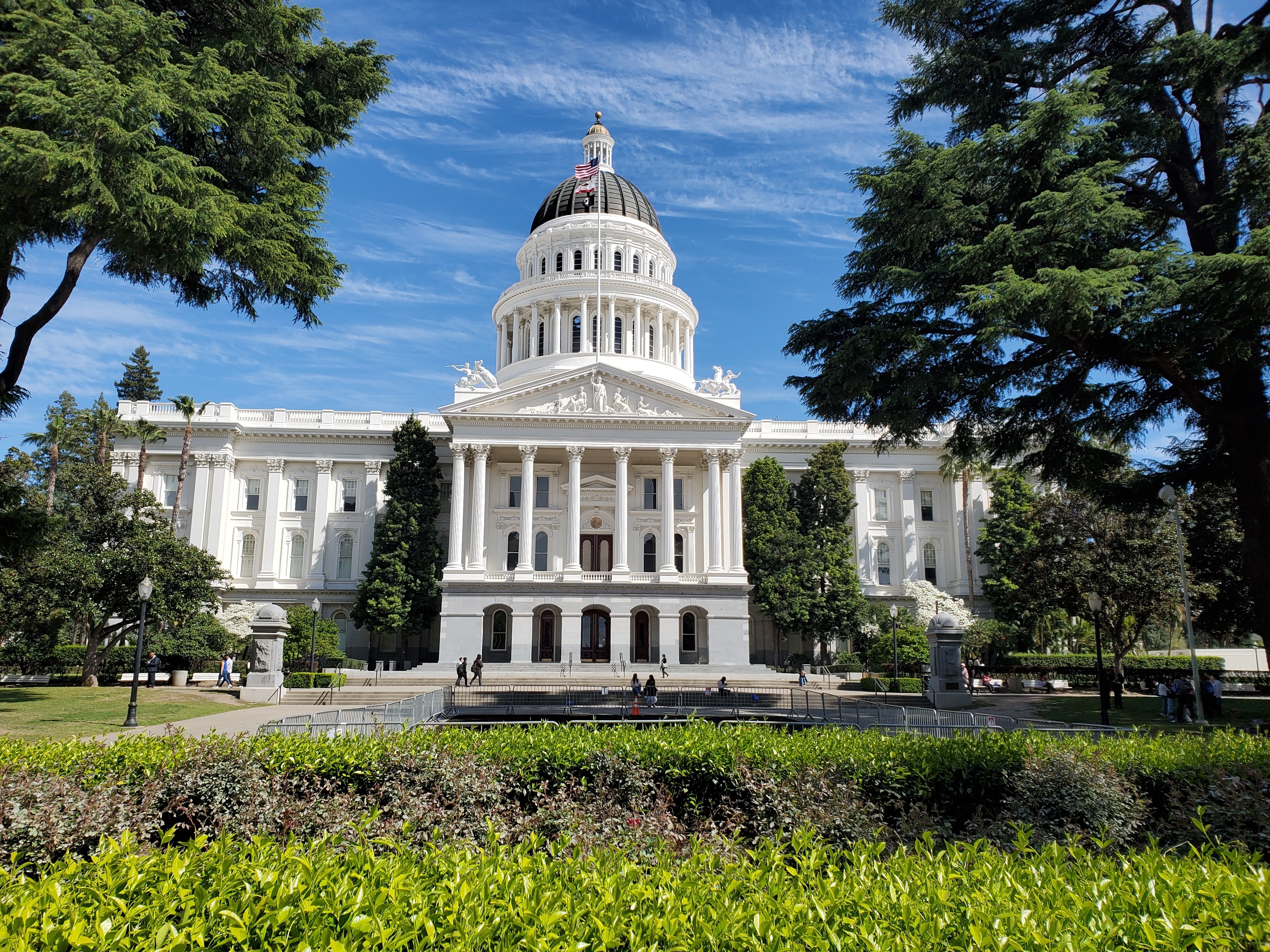Possible loss of daylight saving time, 2025 bills of interest, yet another challenge to golf's use of land, and more.

NO MORE DAYLIGHT SAVING TIME?
If the proponents of California Senate Bill 51 (SB 51) have their way, this could be the last time Californians “spring forward” – that is, change their clocks to move from Standard Time to Daylight Saving Time.
It doesn’t take a genius to understand that the loss of an hour at the end of the day would curtail much of the “twilight” after-hours golf that supports the state’s massive numbers of working golfers, league play, junior golf programs, and high school programs – in short, those players and those programs that are key to growing and sustaining the game. Whatever gain there would be from an earlier sunrise would be dwarfed by those losses, even if one were to assume that the myriad local noise ordinances that now restrict opening times could be amended to accommodate the earlier sunrise.
YETYET ANOTHER CHALLENGE TO GOLF’S USE OF LAND
We thought we knew all the challenges to the game’s use of the land. Then along comes another one – this one in the City of Davis, where local golfers and homeowners expect a second proposal to develop a golf course in a housing development approved by the city’s voters in 1995 on condition that a substantial portion of the parcel be protected from any form of residential or commercial development through the creation of a conservation easement under the prescriptive terms of California Civil Code Section 815 et seq. Last year the owner of the development, which includes the Wildhorse Golf Club, an 18-hole regulation golf course of championship length, proposed 500 – 750 homes that would occupy most of that daily fee golf course and render it a much shorter non-regulation 9-hole course. That application was withdrawn; however, the homeowners and golfers believe another one is about to drop.
There are at least six (6) California golf courses sited in conservation easements. To the degree to which the Davis controversy results in litigation, we may discover whether the confidence many have placed in the role conservation easements have long played in preserving open/recreational space continues to be merited – a determination that could turn on what constitutes the dividing line between an amendment and an extinguishment.
BILLS OF GREATEST INTEREST IN 2025 LEGISLATIVE SESSION
The deadline has passed for the filing of bills, although not the deadline just yet for the insertion of specific language in some of the “spot” bills – those have a number, a title, a general description but not the final language required to move forward to a policy committee.
Unless we are surprised by unexpected language in one of the “spot” items we are tracking, it looks this session won’t have any of what some recent sessions have had for us in terms of bills posing genuine “existential” challenges to the game. Click below for a status report on the bills CAG is most closely watching and in a couple of cases may also be directly engaging.
THE SIERRA SNOWPACK AND RELATED WEATHER MATTERS
HOW WE ARE WE DOING?
March 1 and April 1 are key dates on the golf calendar in California. They’re the dates that the California Department of Water Resources (DWR) measures the various precipitation factors that determine how much water is exported to those parts of the state and those sectors dependent on it.
Mother Nature’s generosity the last two years has replenished the state’s reservoirs, making this year’s measurement less critical than some years; however, we all remember how just three very recent dry years in succession depleted those same reservoirs and caused near panic in parts of Los Angeles and Ventura Counties.
For a fuller analysis, click below to read DWR’s March 1 release. It is particularly instructive in how what we have come to call “hydroclimate whiplash” has rendered these measurement exercises adventures in volatility cum unpredictability. But as of March 1, the news was pretty good, and with this week’s rain and snow rich late winter storms, the April 1 update is on track to look even better.
CAPITOL DAY
On March 26 roughly 15-16 members of the CAG Board and Legislative Committee, all of whom hail from the largest allied golf associations/organizations in the state, will break into three (3) teams and spend the day meeting with legislators and their staffs, committee staffers, and perhaps some executive branch staffers as well. The groups will target the offices and committees most involved in the specific bills and issues CAG is tracking in the 2025 session as well as the game’s “usual suspects” of concern – e.g., water and land use.
